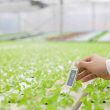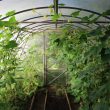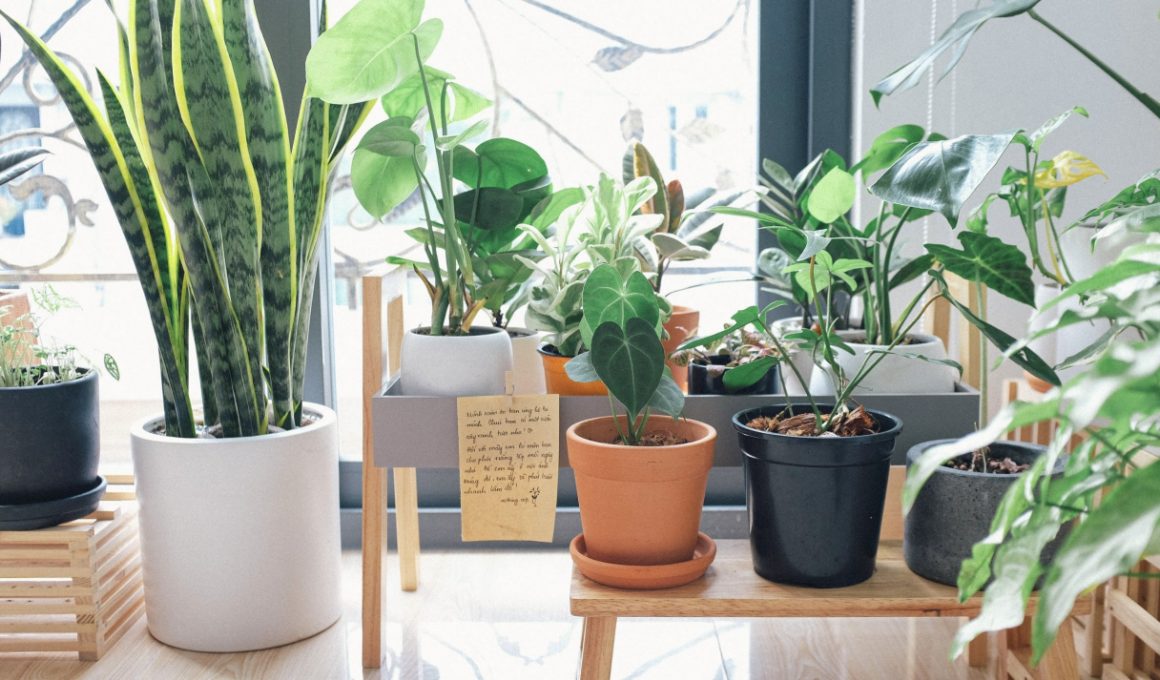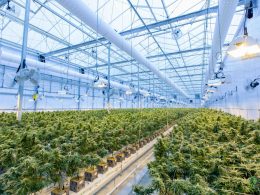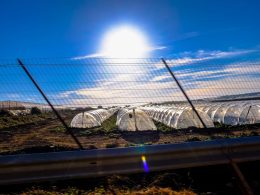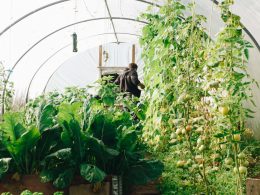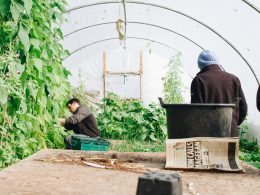Green House Adviser is reader-supported. When you buy through links on our site, we may earn an affiliate commission. Learn more
Whether you’re looking to extend your growing season or simply enjoy gardening when it’s not warm enough to work outside, building and maintaining a simple indoor greenhouse is a fun DIY project for the whole family to enjoy all year.
If you are interested in building your own little paradise for indoor gardening, read this guide and find out what you need!
Do You Place a Greenhouse Indoors or Outdoors?
When it comes to this question, the answer is that you can place your greenhouse both indoors and outdoors. While most people choose to put their greenhouse outside because it takes up so much area, you can also choose to put your greenhouse inside.
When choosing an indoor greenhouse, make sure it gets plenty of light; a greenhouse in a garage, for example, will not work because sunlight is the most critical aspect in helping your plants thrive. Indoor greenhouses, particularly tiny or portable greenhouses, are excellent choices.
Indoor greenhouses are typically used to grow only a few small plants and herbs, but in outdoor greenhouses, you can grow almost every type of plant. With an outdoor greenhouse, you can go as big or as bold as you like, and you’ll be able to eat fresh vegetables all year!
Why Get an Indoor Greenhouse: Benefits
Indoor gardening has numerous advantages. Indoor greenhouses can freshen up the place, provide entertainment, and are enjoyable to be around.
Everyone has a different motivation for growing plants indoors. Of course, you don’t need any other motivation than having a good time. In addition, for people who have few options for growing crops outside, an indoor greenhouse is a great option. For example, you may have a short growing season or insufficient light in your yard. Then an indoor greenhouse can be used.
You can also grow your own food without being concerned about temperature, humidity, or natural light. Moreover, oxygen is released by indoor plants, cleaning the air in your home.
An indoor greenhouse is also perfect for people who don’t have enough space for a yard since they live in a small apartment or condo. They make living more sustainable by lowering the cost of regular food shopping excursions and lowering fuel use. Indoors, regulated circumstances make it easier to grow fragile plants like orchids.
What Can You Grow in an Indoor Greenhouse?
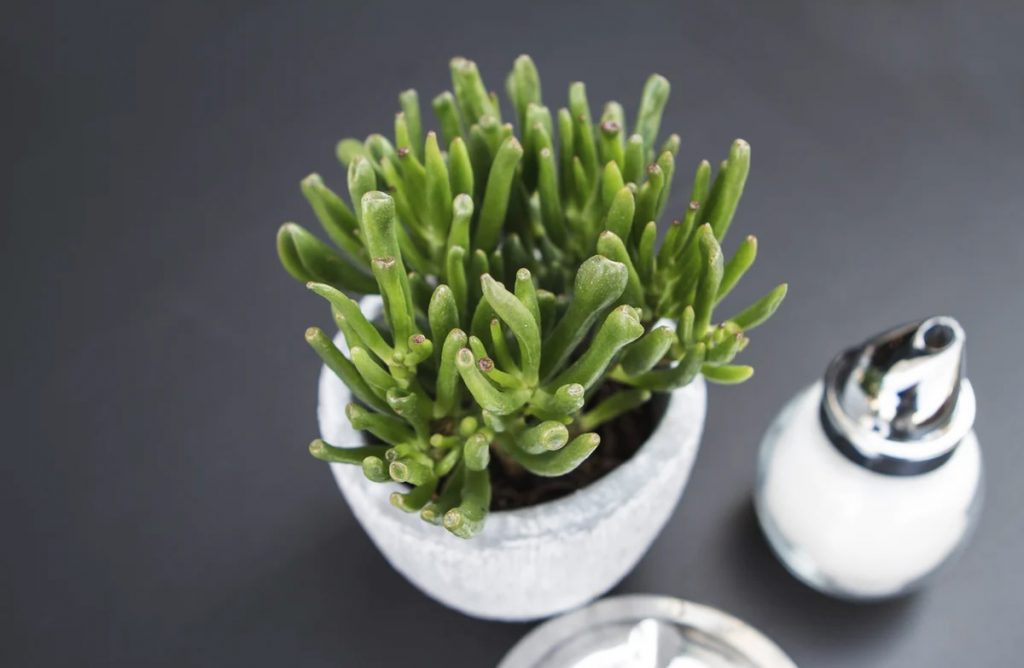
The first decision you’ll have to make when building an indoor greenhouse is the plants you’ll grow in it. Some fruits and vegetables take up more space than others; therefore, the amount of space required will vary. Herbs, such as thyme, rosemary, and sage, are recommended. Basil, parsley, and cilantro will thrive indoors.
On the other hand, vegetables are a little difficult because they can take up a lot of room, but hot peppers, tomatoes, spinach, and radishes can grow perfectly fine in an indoor greenhouse. In addition, fruits are simple to produce indoors because they are small and develop quickly; we recommend grapes, strawberries, and gooseberries for a healthy snack all year.
Finally, if you’re interested in cultivating flowers rather than herbs, vegetables, or fruits, there are a variety of flowers that will grow in an indoor greenhouse. Beautiful types such as peace lilies, hostas, marigolds, and chrysanthemums can be grown if you have adequate space.
What Size Should Your Indoor Greenhouse Be?
After you’ve decided on the types of plants you want to cultivate, it is time to determine the size of your greenhouse. This can be determined by a variety of factors, including the plants themselves, as well as the limitations of your inside area and the location of your greenhouse, such as proximity to a window for light. If you’re just planting a few herbs and maybe a few cherry tomato stalks, you’re in luck since a simple 55-inch growth tray will suffice. However, if you want to cultivate larger plants, such as small trees like avocados, you’ll need to account for their size.
Vertical greenhouses that are five feet tall work great for small spaces because they provide the necessary height without encroaching on the rest of your home. These are multi-tiered options that allow you to grow a large number of plants at the same time while conserving space.
Where Should You Place Your Indoor Greenhouse?
You should put your greenhouse near a south-facing window or a patio door so that your plants can enjoy enough sunshine. Also, you can use a grow lamp to add lighting to your greenhouse, but remember that sunlight is always ideal for plants. Make a combination of the two if you can, so your plants don’t develop solely on artificial lights.
The ideal location for your indoor greenhouse should also be humid and warm. As mentioned previously, you should also think about the size. You’ll know the size you need and, finally, where to install your greenhouse once you know what plants you want to cultivate.
DIY Indoor Greenhouse
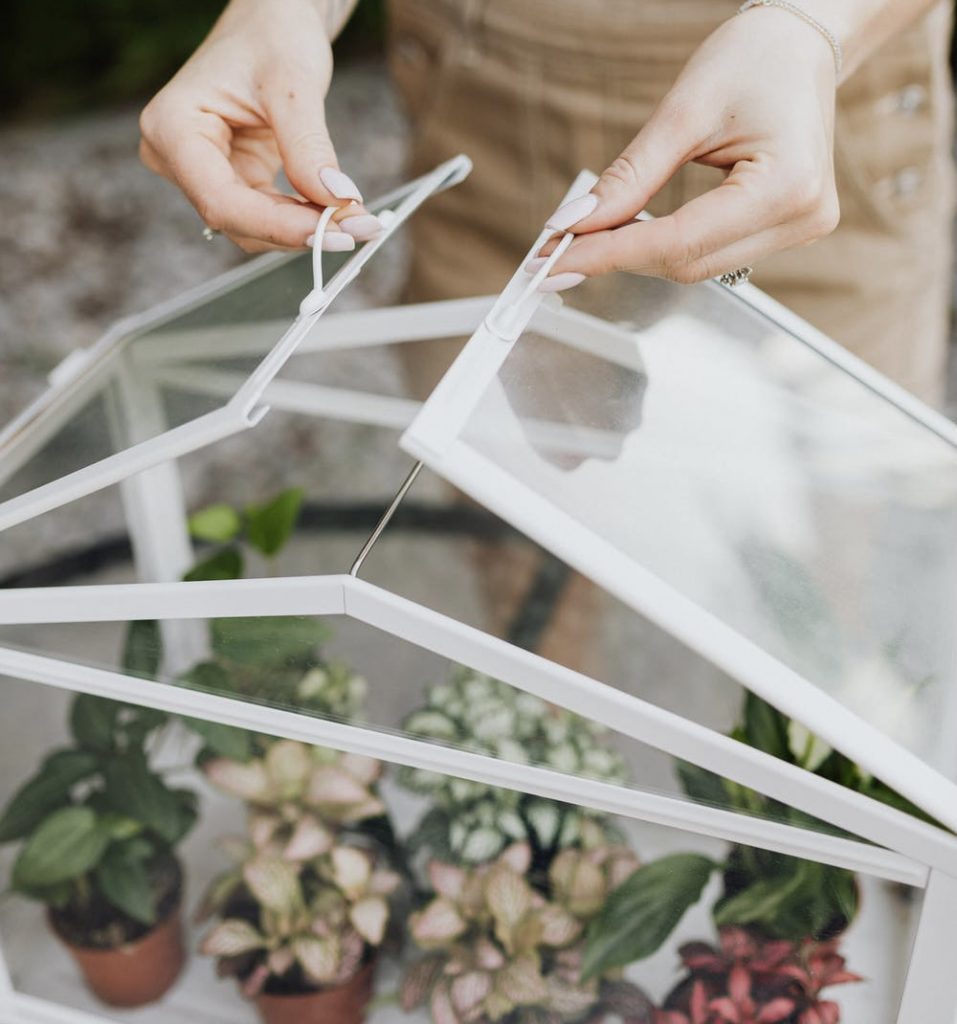
Before you begin your indoor greenhouse DIY project, you should determine exactly what you need. Determine the type of plants you want to grow and what you intend to do with them in the long term. Keep in mind how much room you have to work with. You only need a corner of your basement, garage, or spare room to create an indoor gardening paradise, and there are several ways to do so.
The process of designing and creating your own indoor greenhouse consists of several steps, starting with selecting the frame material, choosing the covering material that best fits you, and finally getting all the accessories needed and starting building your small indoor greenhouse.
Select frame material
When constructing a custom greenhouse, you have the option of selecting the material for the frame structure. Wood, aluminum, galvanized steel, and PVC plastic pipe are the four most common greenhouse framing materials.
Wood is an excellent insulator and is relatively simple to fabricate and assemble into a frame. However, greenhouses are wet, damp environments, and most wood will eventually warp and rot due to the constant presence of moisture in a greenhouse. If you must use wood, choose a type that is known to be resistant to moisture and rot, such as cedar or redwood.
Aluminum is another frame material. Aluminum is a low-maintenance material that does not rust or deteriorate when exposed to the elements.
On the other hand, two other cheap options are galvanized steel and VC plastic pipes. Galvanized steel is durable and inexpensive. Because steel is so strong, your greenhouse will require fewer framing members, resulting in fewer shadows in the greenhouse. In addition, VC plastic pipes are inexpensive, lightweight (portable), and simple to put together. A plastic pipe frame is not as strong as metal or wood, but the industry is working on designs that incorporate metal supports alongside the PVC framing. PVC has the added benefit of allowing less heat loss than metal framing.
Select covering material
After you’ve decided on the frame, you’ll need to find a covering that allows plenty of light to pass through.
Glass is a popular choice for indoor greenhouse covers. It has a lot of advantages: it’s easily maintained, doesn’t wear out easily, has a nice aesthetic, and allows plenty of light to pass through. However, it can be costly and difficult to install if you do it yourself. Finally, if you have hyperactive pets and children, you should probably look at the other options.
Fiberglass is a cover material that has all of the advantages of glass and is durable. It’s lightweight, which makes installation much easier, and it lets in a lot of light. However, unless you apply a new coat of UV protection resin every ten years, it will turn yellow after about ten years.
In addition, film plastic is frequently used in the construction of indoor greenhouses. There are numerous types of plastics, and the amount of light that passes through them is determined by the type you select. This is the cheapest option out of the others mentioned previously, but it requires much more maintenance and replacement because it wears out more quickly.
Get additional accessories and start building
In addition to the frame and covering materials required to construct the greenhouse, you will require the following supplies: pots or trays, soil, fertilizer, and seeds.
After you’ve gathered the bare necessities, you can consider some of the more specialized additions to assist you, such as a thermometer, indoor greenhouse lights, heaters, fans, hygrometers, the watering system, and so on.
After gathering all the needed materials, you should simply start building your little indoor greenhouse and enjoy its benefits.
What Is the Ideal Environment for Growth in Your Indoor Greenhouse?
You can only do so much to protect your plants from the elements outdoors, but you can create the ideal plant paradise indoors. The ideal environment for growth in your indoor greenhouse depends on the light, temperature, humidity, and water.
Light
Since sunshine is the best light source for plants, it’s critical to locate your indoor greenhouse in a location that gets as much sunlight as the plants you’re cultivating require. Grow lights are a fantastic addition to sunshine, but they won’t completely replace it.
For the winter or if you’re growing plants that demand a lot of light, you might consider acquiring grow lights. If you do so, make sure to include a timer on your shopping list so you can control how long they’re on/off and avoid accidentally burning your crops before they’re even taken out of the greenhouse. Some grow lights can get rather hot.
Temperature
In terms of heat, plants can normally withstand a temperature range of 65-75°F, give or take a few degrees. This range may be reduced or moved towards one end of the spectrum depending on the type of plants you’re producing; therefore, you should examine the best growing conditions for your plants.
While your home is almost definitely inside that temperature range, being able to adjust the cooling and heating of your greenhouse is extremely beneficial to plant growth. Furthermore, the greenhouse will trap heat, making the interior warmer than your home.
As a result, having a thermometer can be really useful. You can use a tea-light or a tiny electric heater to keep the greenhouse warm if it gets too cold inside. You can also acquire a fan to help lower the temperature and increase air circulation, as most plants grow best when the nighttime temperature is 10-15 degrees lower than the daytime temperature.
Humidity
Seasonal variations, particularly humidity, will alter the environment even indoors. Consider using a humidifier to prevent your plants from losing leaves or turning brown due to low humidity levels. Alternatively, simply remember to mist your plants at least once a day, if not more.
Water and nutrients
Finally, the soil in your indoor greenhouse should be damp but not soggy. You can keep an eye on your plants and water them as needed because your indoor greenhouse will most likely be within a few steps at all times. You can even acquire a device to automatically water the plants for you if you want your indoor greenhouse to be more or less self-sufficient.
Conclusion
An indoor greenhouse will enable you to improve your gardening skills and have your own plants all year. It is also a great way to be more environmentally conscious and healthy. When deciding to build a greenhouse for indoor growing, you should make sure to build one that fits your space and allows you to grow the type of plants you want.
